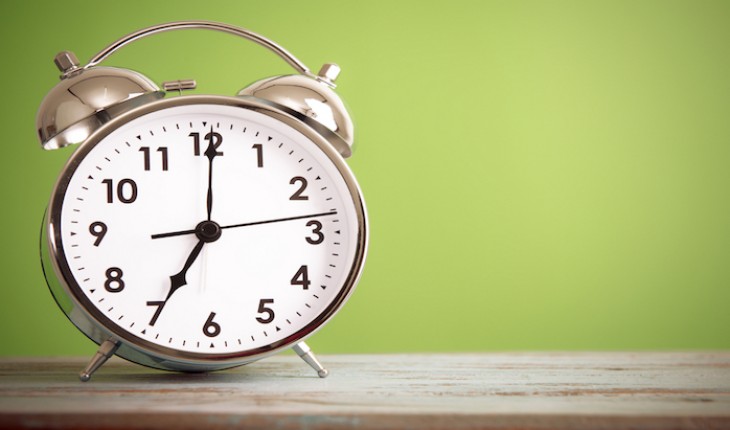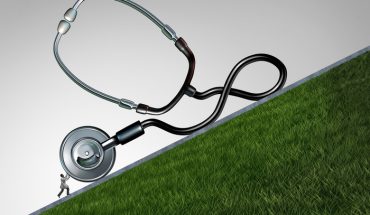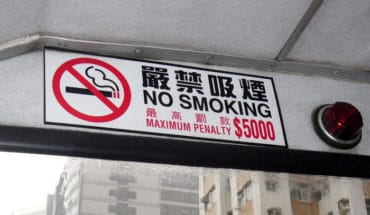Shortest consultation ever. An elderly gentleman walked into my consulting room and sat down. “Morning doctor.” And good morning to you too I reply. And how are you? “I’m very well” he replied, “Good day!” And with that he up and left. 60 seconds. If only they were all like that. Sadly, the old boy had dementia and our brief encounter was more symptomatic of his loss of cognitive function than my efficiency in the consulting room.
When I started in general practice we were given 5 minutes per patient. It had to be 5 minutes because that was the only way the senior partner could finish early enough, at 11am, to ensure plenty of time for a round of golf before afternoon surgery began at 4.30pm. Nowadays of course doctors are much more professional and patients are even more demanding and we’ve risen to the dizzy heights of 10 minutes per patient. Allegedly. With constant interruptions, phone calls and extra patients slipped in, it’s probably only 8 minutes in reality. And it’s still not enough.
Medicine has come a long way. We have far more to offer our patients in the way of diagnostic investigations, and therapeutic drug treatments. And that all talks time. But patients too have come a long way, and instead of coming to see the doctor as the font of all knowledge they often see us rather as expert guides through the maze of Google and what the bloke down the pub has said. We’re all experts now. And when you factor in the ageing population who present with a multitude of significant medical problems at the same time and expect them all to be dealt with in one “10” minute appointment, it’s no wonder most GPs have a bad rep for running late.
So what can the GP do to cope with too many patients and too little time? If he or she wants to get home in time to see baby bathed and laid to bed, or to watch the opening credits on East Enders, or just simply keep the work/life balance good, here’s a few things they could consider.
Be courteous but concise. It’s great to be friendly, but it’s also good to be business like. Keep to the point. Allow your patient to give you their list of 5 problems up front. Decide which order to deal with them in.
Nothing worse than asking a frail old lady to undress her 5 layer winter clothes to examine her tummy, only to find when she’s redressed, some 5 minutes later, that her second problem is in the same area. And often what appear to be distinct problems to our patients can, in fact, be quite clearly linked to the doctor.
Be prepared to say no. We can’t do everything all at once. I have yet to come across a patient who didn’t appreciate my honest delivery of “There are a lot of issues to deal with here. I want to do my absolute best for you, and I think that to rush you through this 10-minute appointment wouldn’t be fair, and wouldn’t allow me to do my best. I’d like to arrange a follow-up appointment for you early next week and we’ll pick up from there.” It always works.
Create an action plan. Make sure you set out in clear succinct steps what your treatment plan looks like. And repeat it several times. Not only will your patient feel you’ve got a clear grasp of their problems, they’ll also feel you have a clear plan of action, even if that does mean coming back next week. “So, we’re starting a new tablet, Ramipril, for your blood pressure. One every morning. We’re having a blood test in one week so we can make sure it’s suiting your kidneys and we’re meeting up again to check your blood pressure in 4 weeks. Agreed?” Nods of the head and words of approval always follow.
And finally, how to end the consultation? Some patients would happily talk forever. I had a local colleague who indicated to his patients that they were done by pulling on a rope hanging from the ceiling. One strong pull and a door opened onto the pavement. There was no mistaking his intentions there. But in the modern more caring world I’ve found nothing works better than to simply stand up. Within a moment the patient will have done likewise. We naturally mirror the body language of those we’re speaking with. Gently walk towards the door. The patient happily follows, picking up their jacket, their bag and their phone as they move, tucking shirt tails back in and tying shoe laces. Done slowly enough no one even notices. The door handle is turned, the door opened, and a fond farewell is given. And once again you are alone in the consulting room. You look at your watch. It’s 8.25am. You’re already 15 minutes behind and only another 24 patients to go. Just another day in GP land.
To find out more about Dr Ian Campbell please click here and scroll down for his showreel.
- Shortest consultation ever - 29th May 2016
- Sugar tax – not as sweet as you think - 18th March 2016
- I’m a Reality TV doc – and I’m not embarrassed - 13th March 2016






